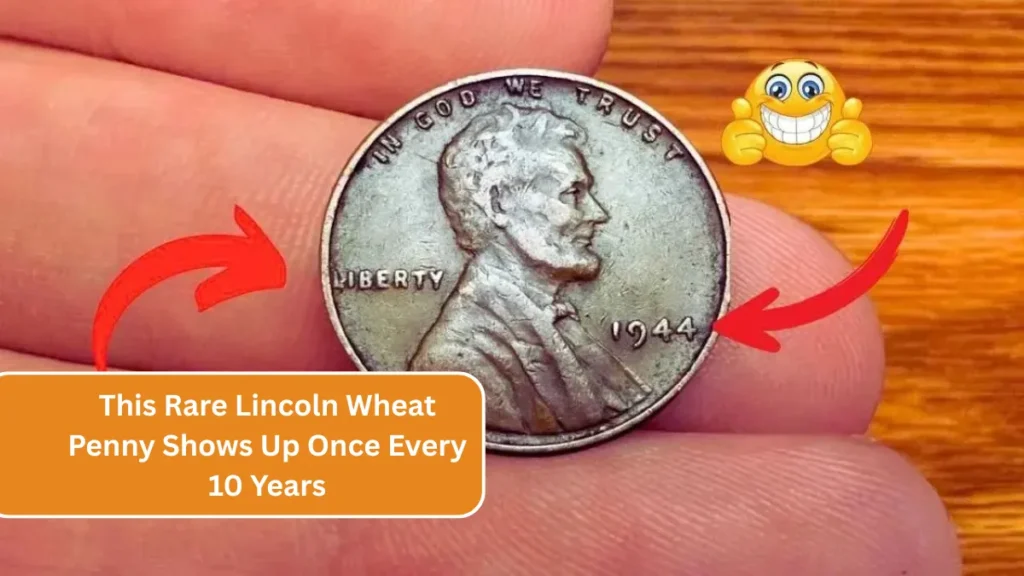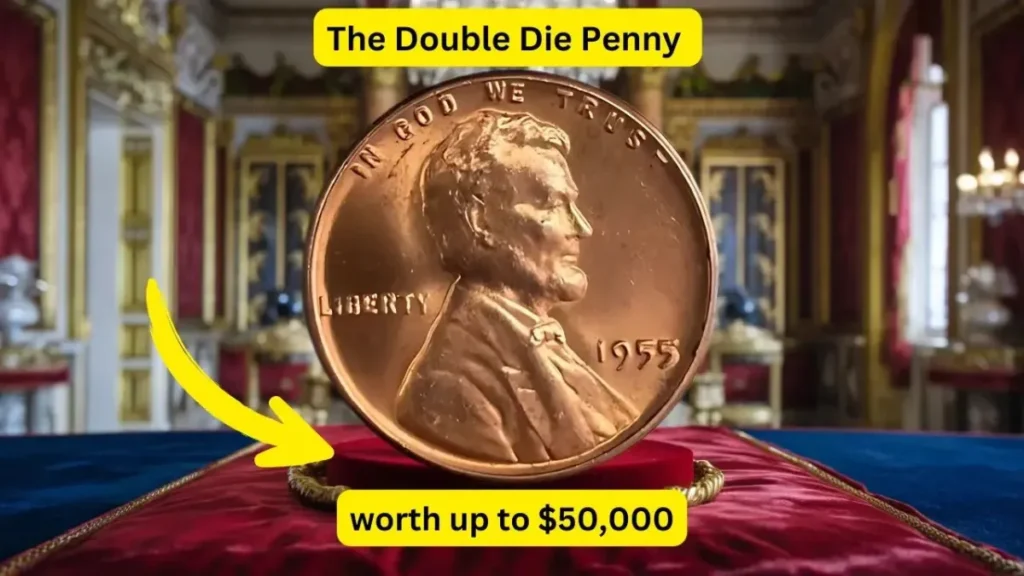1943 Lincoln Penny
During a routine attic cleanup in Ohio, a family stumbled upon a fascinating piece of American history, reigniting national interest in coins from the World War II era. What began as a simple trip down memory lane turned into a rare numismatic find—a 1943 steel Lincoln penny hidden inside an old teddy bear.
An Accidental Discovery with Historic Significance
The surprising find came when the Henderson family in Toledo, Ohio, decided to sort through belongings passed down through generations. While preparing to donate a worn stuffed bear, they noticed a small tear in its fabric. Peeking out from the stuffing was a shiny metal object—what they thought was an ordinary penny.
After closer inspection, they realized it was no ordinary coin. Its unique silver-gray color and the date “1943” revealed it to be a rare steel Lincoln penny, produced when copper was redirected for wartime needs.
Understanding the 1943 Steel Penny’s Rarity
Though the U.S. Mint created over a billion steel pennies in 1943, this particular find stands out for several reasons:
- Exceptional Condition: Stored safely inside a toy, the penny remained free from the rust that damaged many others.
- Historical Importance: These coins are symbolic of America’s resource conservation efforts during WWII.
- Higher Value: While most 1943 steel pennies are only worth a few dollars, well-preserved examples like this can be worth hundreds.
- Unique Origin: Its placement inside a childhood toy gives it sentimental and collector appeal.
According to coin expert Dr. Miriam Chen, “It’s rare to find a steel penny in such good shape, but discovering it inside a cherished family item makes it truly exceptional.”
The National Phenomenon Unfolds
The story quickly went viral, setting off what many are calling “The Great Penny Search of 2025.” Across the U.S., people began:
- Digging through old coin jars
- Checking vintage toys for hidden coins
- Visiting coin dealers for evaluations
- Learning about WWII-era coinage
Antique stores have seen a spike in interest, and online searches for the “1943 penny” have surged. Coin grading companies report a noticeable increase in submissions as excitement grows.
Expert Advice for Aspiring Treasure Hunters
As the craze continues, coin professionals urge people to stay informed:
- Stay Realistic: Most steel pennies from 1943 are common and not highly valuable.
- Check for Authenticity: Real steel pennies are magnetic and should not have a copper tone.
- Watch for Fakes: Some counterfeit coins are copper pennies plated to look like steel.
- Seek Expert Help: Certified coin dealers can offer reliable evaluations and grading.
The American Numismatic Association has launched a campaign to help the public understand what makes a coin truly valuable, encouraging people to enjoy collecting with knowledge and care.
More Than Metal: The Human Story Behind the Find
Beyond its value, the penny discovered by the Henderson family connects past and present. From circulating during a time of war to being tucked away in a child’s beloved toy, its story echoes the broader American experience.
Jessica Henderson shared, “We’re considering getting it graded, but we won’t sell it. It’s more than a coin—it’s part of our family history now.”
A Renewed Appreciation for Everyday History
This coin frenzy shows how everyday objects can become meaningful over time. As families comb through drawers and attics, many are uncovering not just coins, but pieces of personal and national history.
The Double Die Penny That Turned
Stories like the one about the double die penny that led to a $50,000 windfall remind us that treasures can be found in the most unexpected places. Whether people find something valuable or just reconnect with old memories, it’s clear that pocket change—and childhood toys—will never be viewed quite the same way again.
FAQs
Q1: What makes the 1943 steel penny special?
A: It was made of steel instead of copper due to wartime metal shortages, making it unique in U.S. coin history.
Q2: Are all 1943 steel pennies valuable?
A: Most are worth a few dollars, but those in mint condition or with errors can be worth much more.
Q3: How can I tell if I have a real 1943 steel penny?
A: Genuine ones are magnetic and silver-gray. Be wary of altered or plated coins.
Q4: Should I get my coin professionally graded?
A: Yes, especially if it’s in great condition or has unusual features. A grading service can confirm its authenticity and value.


